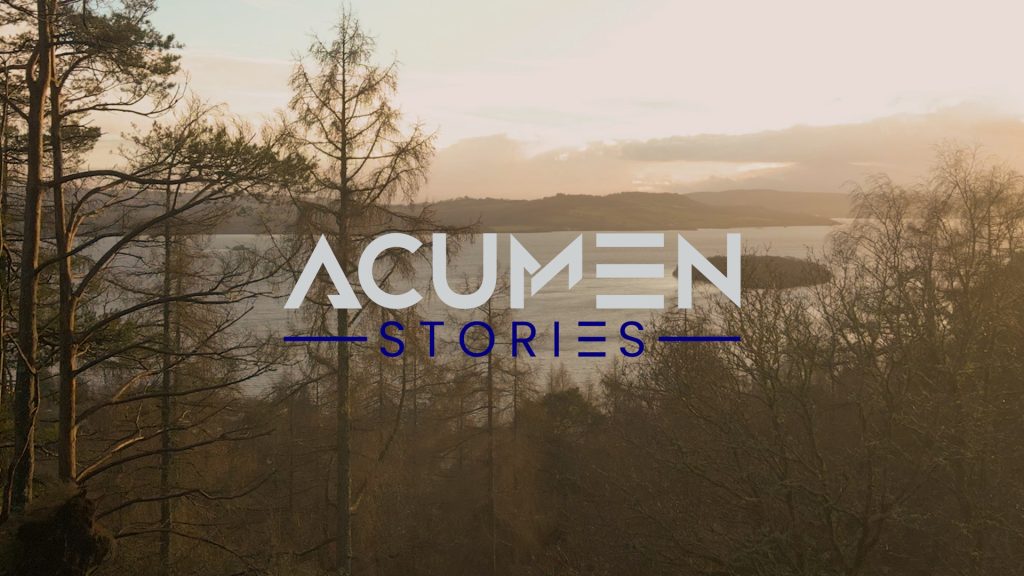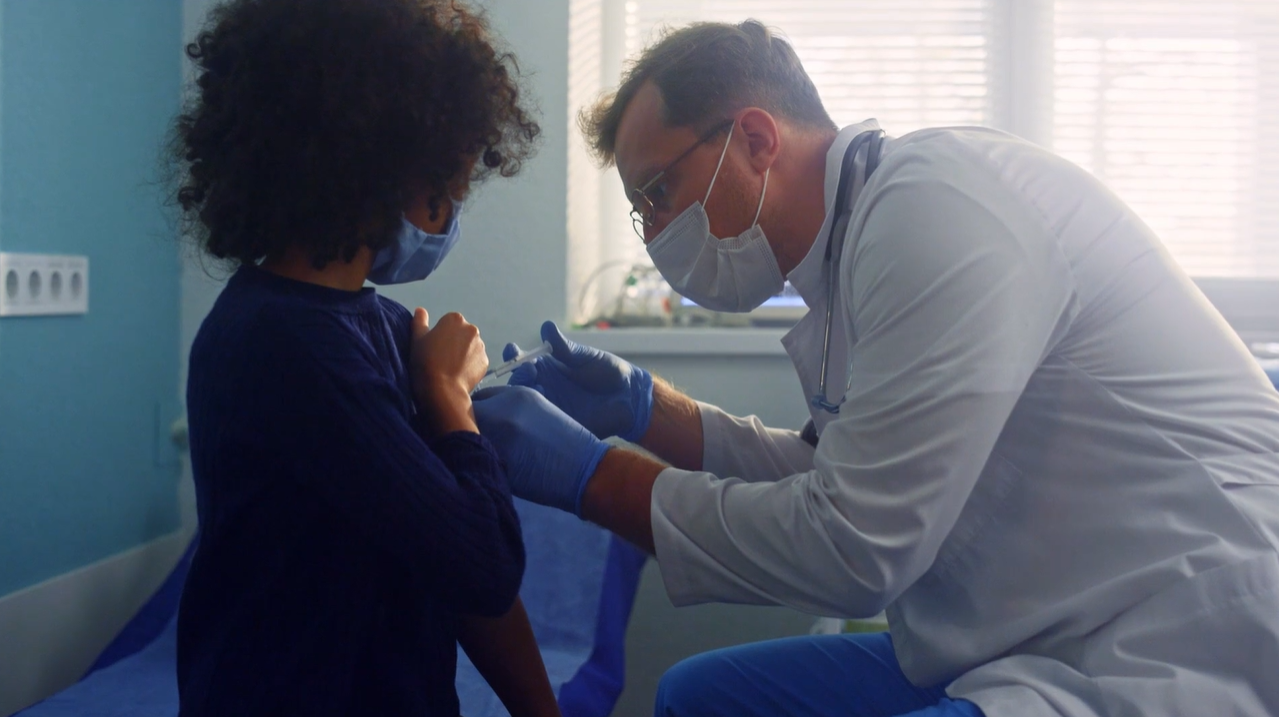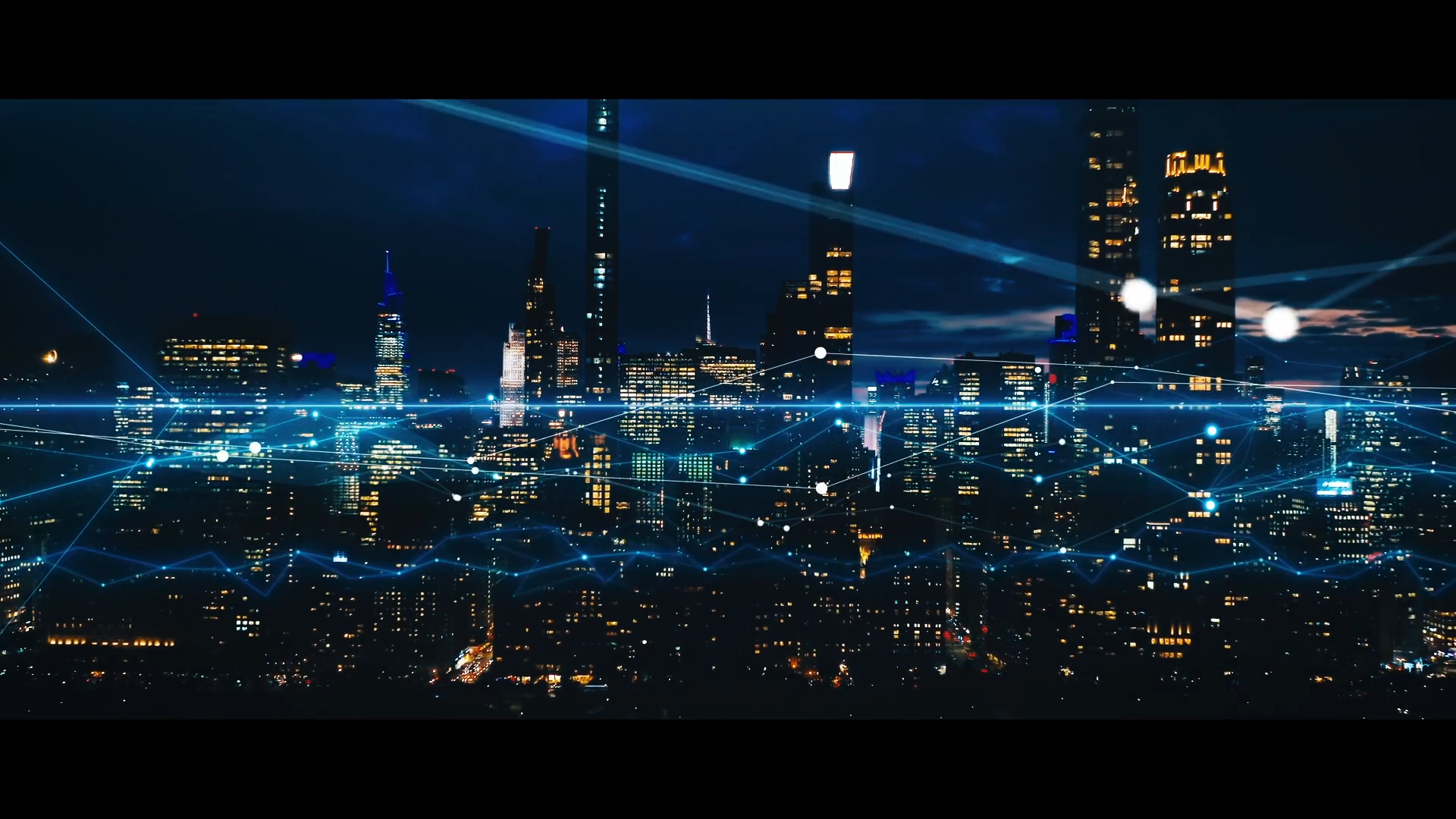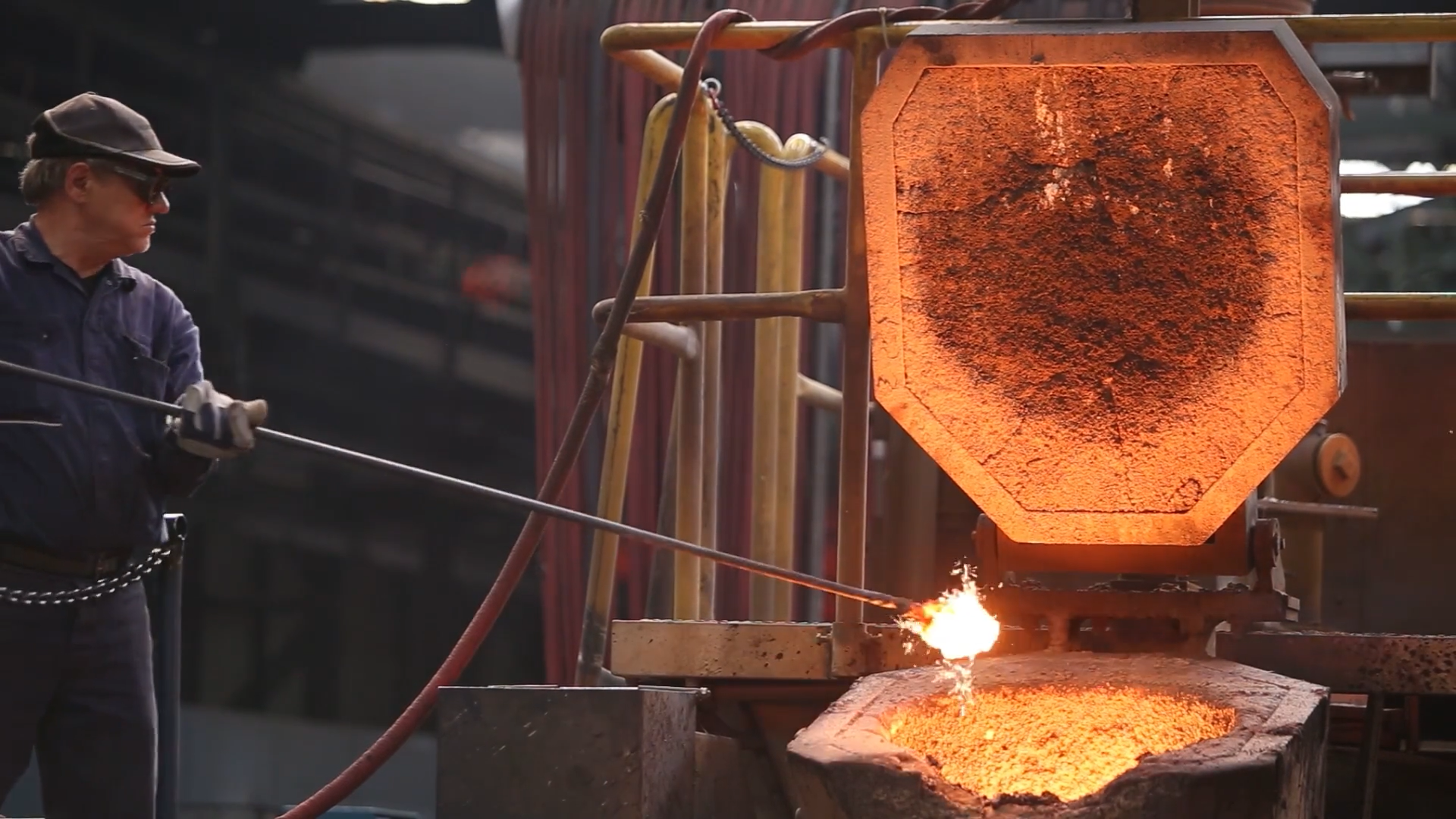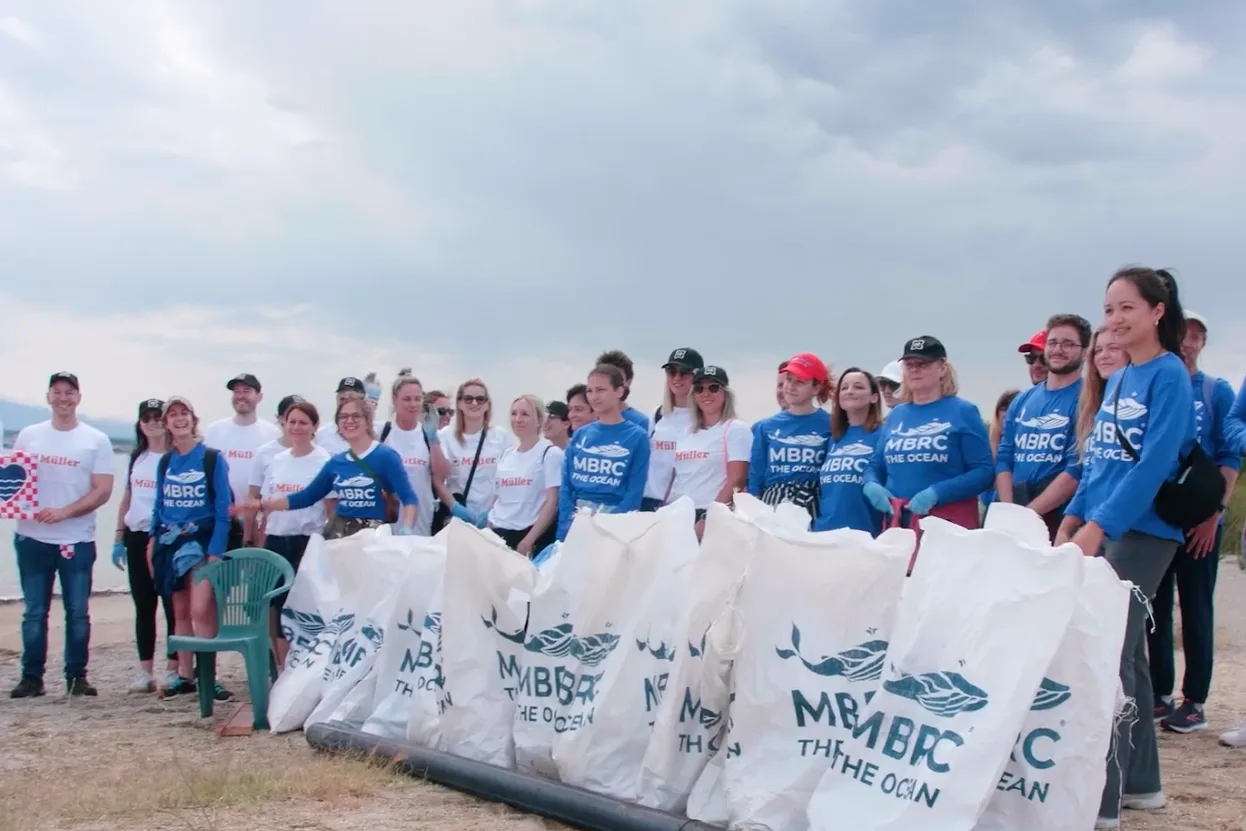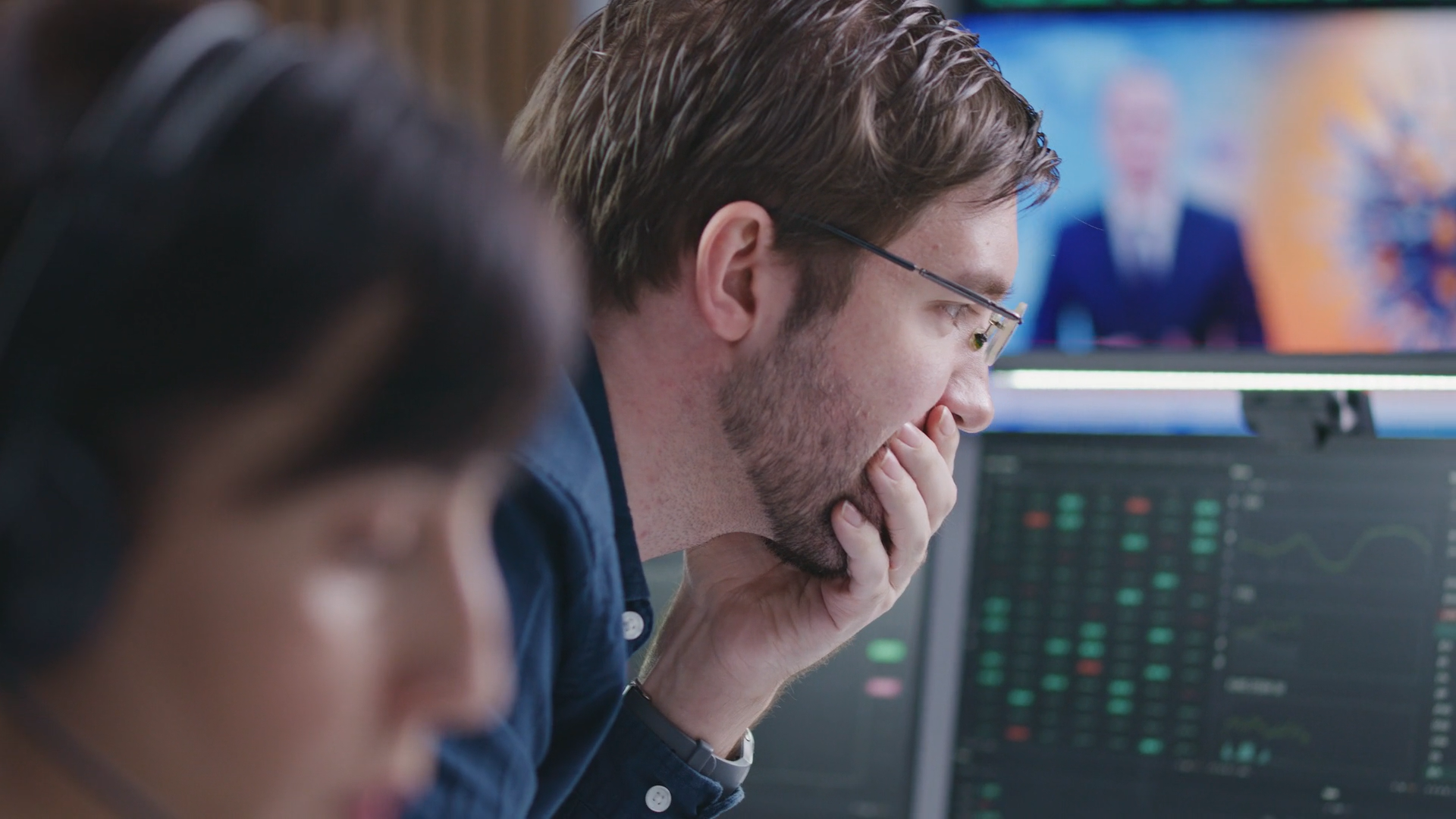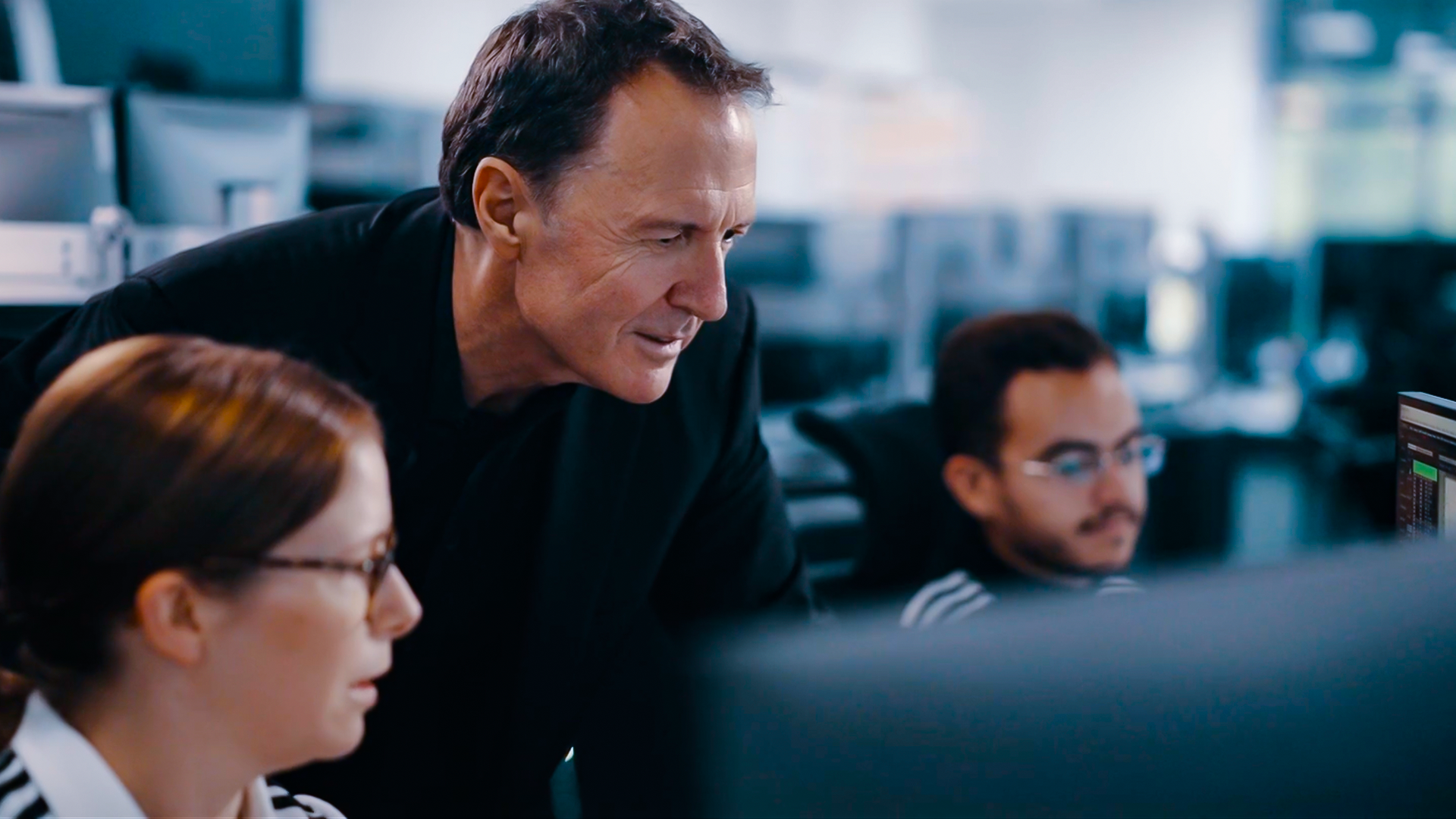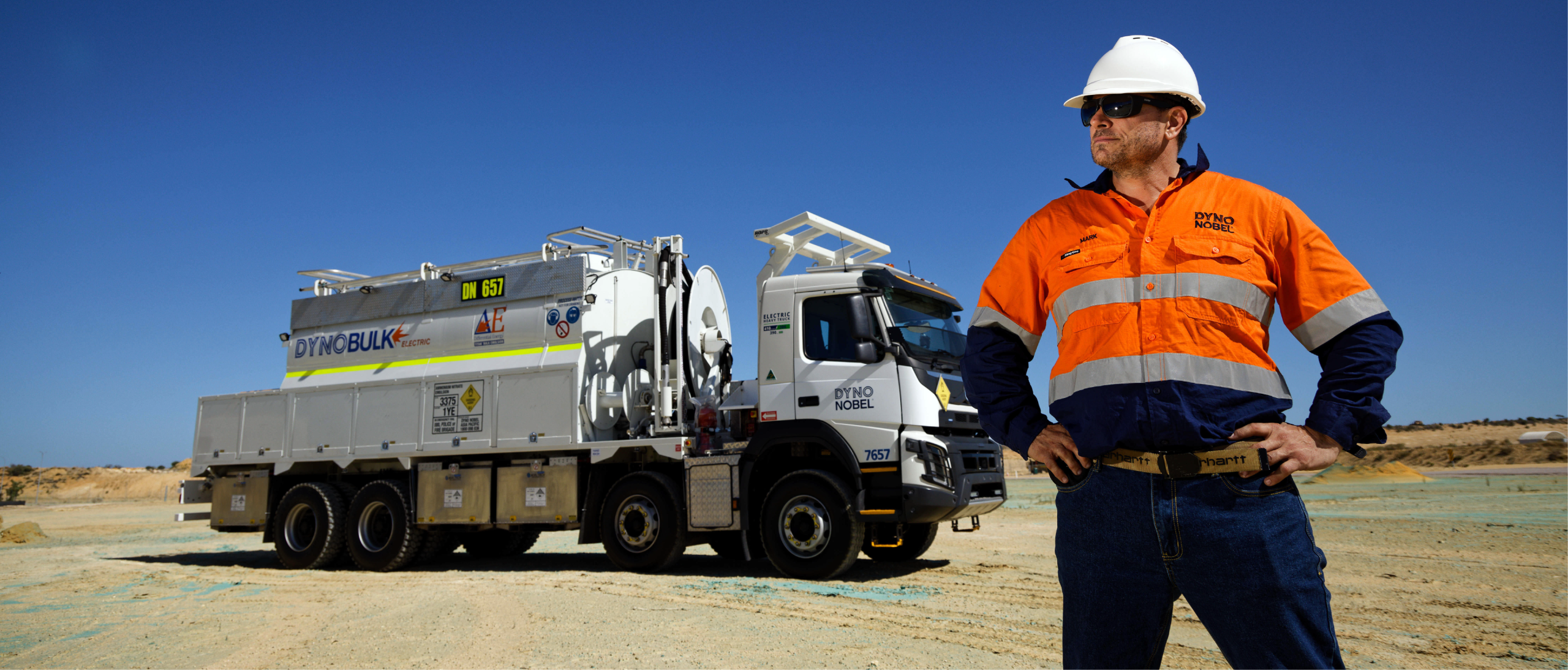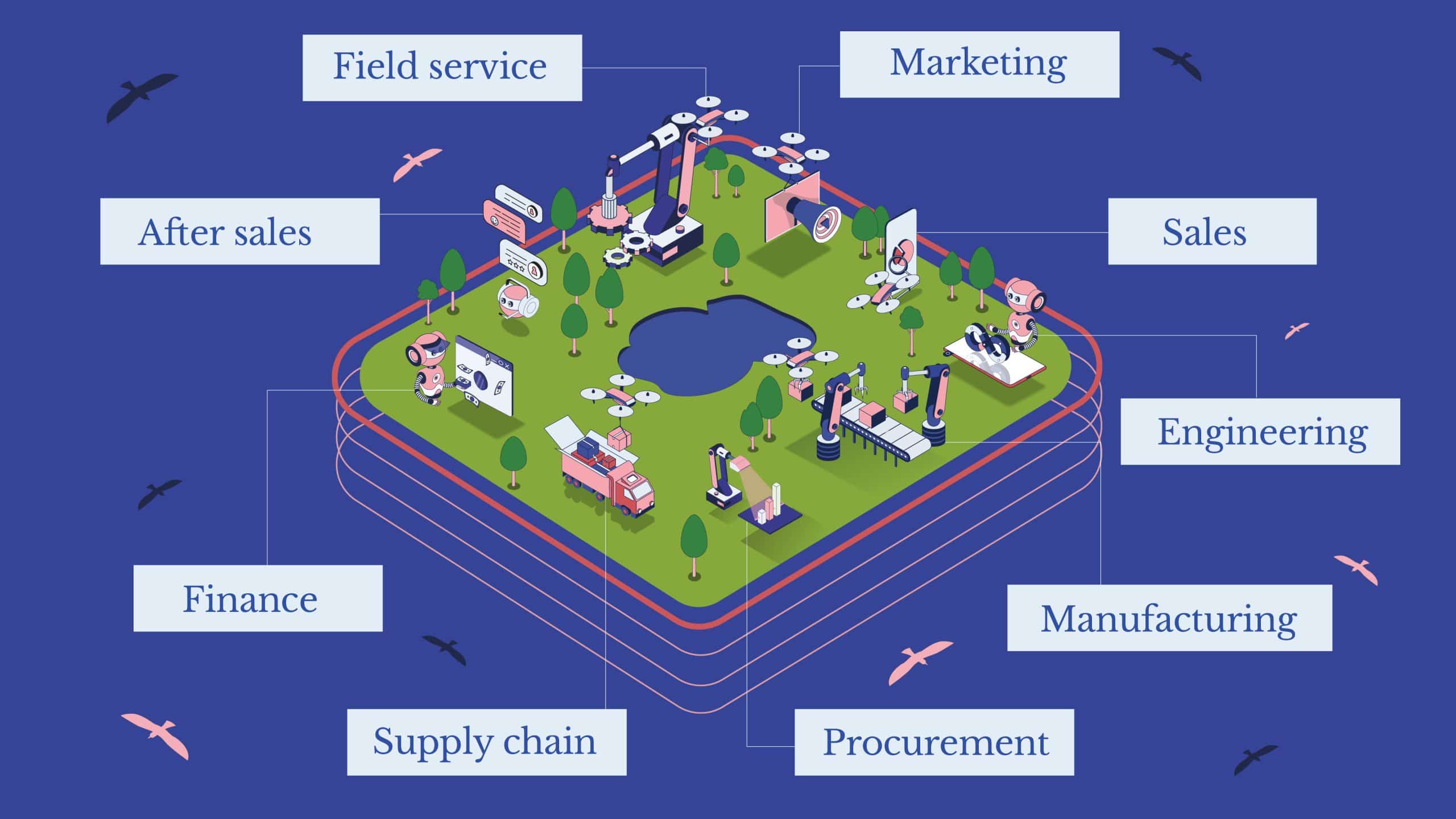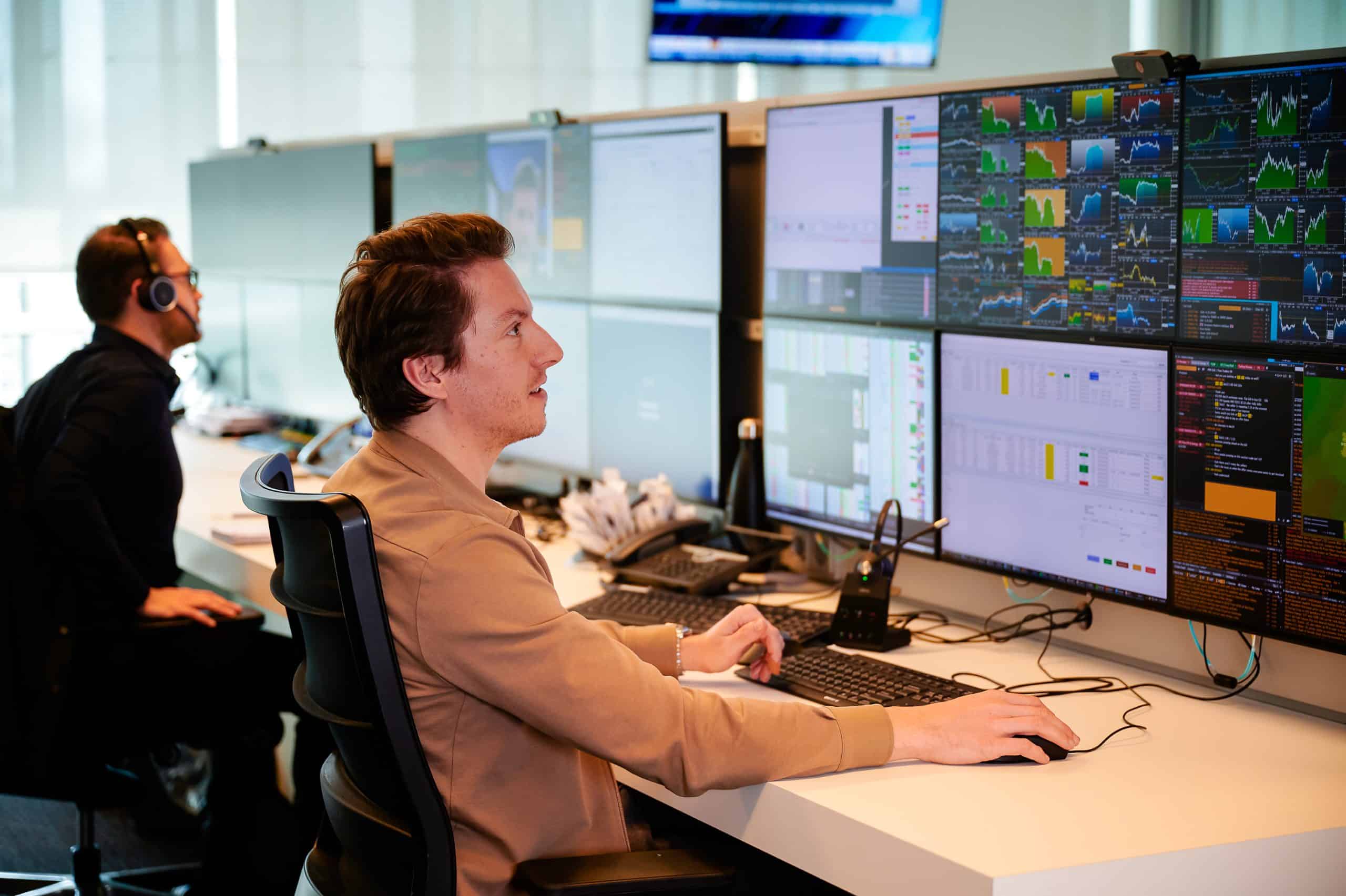AI and the Future of Learning: Reskilling for What’s Next in An Age of Technology

Watch the interview with Omar Abbosh, CEO of Pearson, the world’s lifelong learning company, as he explores issues such on AI in learning, workforce upskilling, accessible learning, and what Pearson is doing to address these challenges.
The minute a child is born, that child starts learning. Learning to cry for food and listen to others. Learning to talk and walk. It’s how we survive. Yet, learning isn’t just about survival – it’s about how we grow, adapt and thrive in a rapidly changing world. When we learn more, we get happier, we get healthier, and we can live longer. In today’s world of shifting demographics and technological advancements, the world needs learning more than ever. To unlock our true potential, we need to rethink how we train, skill and re-skill in an era of disruptive technology. It’s time for a learning revolution, one which will give every individual the opportunity to thrive and stay future-ready.
According to the World Health Organization, by 2050, 22% of the world’s population will be over 60— up from 12% in 2015. What’s more, research from the OECD shows how the common measure of birth rates has fallen off a cliff in the past couple of decades, showing no sign of reversing course. In an era of AI, there is a new urgency, driven by twin forces of rapid demographic change and exponential advancements in technology where students, employees and employers are all grappling with these changes and trying to adjust. Workforces are ageing; skills shortages are widening; and newly acquired skills decay faster than ever before. Lifelong learning is essential for staying relevant in the workforce and gaining skills where we can quickly adapt and adjust as the workforce changes.
So how do we tackle these challenges head-on? We need to focus on a few big things: how we can support early career learners, how to innovate in the enterprise learning space, and the vital role of assessments in helping people prove what they are learning. These are the questions Pearson constantly asks and then looks for answers that can help people make the most of their lives through learning.
What Pearson sees in its work is that there is great -and positive- potential for AI to enhance teaching and learning and democratize education. AI tools in textbooks and learning platforms have the potential to help students better understand tough subjects and make their learning more efficient. AI tools for educators hold the promise of trimming hours from tasks like lesson planning, so they can spend time on human endeavors. AI powered vocational and career learning can help young people start on the path to a variety of job fields and create diverse pathways to work. Pearson is on the leading edge of building these AI driven tools for learners, educators, workers and employers.
In this rapidly-evolving landscape, the question isn’t whether we’ll adapt—it’s how quickly we can learn, reskill, and thrive together.
Find out more about DAVOS 2025 Campaign

